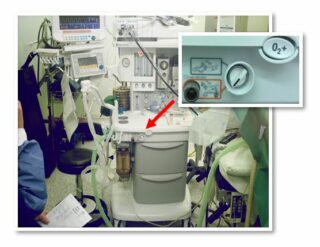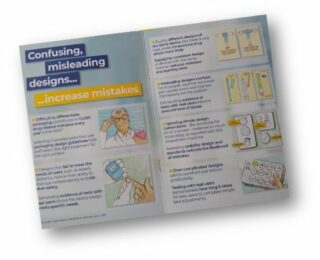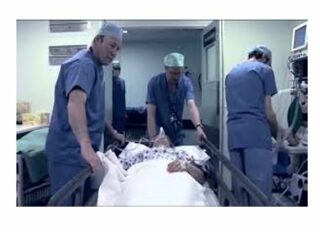The Clinical Human Factors Group presents an exciting opportunity for the Q community
On 3 December, the Clinical Human Factors Group (CHFG), are pleased to host a Health Foundation-sponsored workshop to share and explore examples of good practice in implementing Human Factors as part of quality improvement. An opportunity to discuss the application of Human Factors and ergonomic principles; ways to avoid pitfalls associated with introducing ‘new ways of thinking and doing’ and measuring ‘success’.
The impact of poor design on patient safety is a key focus
Although much has changed since CHFG was first set up as a charity in 2007, there are some areas in healthcare where the benefits of applying Human Factors science remain largely untapped.
Patient safety is compromised by poor design. Yet the issues often go unreported or are thought to be too difficult to resolve. Even when issues are reported, the designs may remain unchanged and the same equipment procured again leading to the same mistakes being repeated.
 Patient deaths have been associated with various anaesthetic machines. The ‘switch of death’ (as it’s known), if miselected, causes oxygen to be diverted away from the patient during surgery.
Patient deaths have been associated with various anaesthetic machines. The ‘switch of death’ (as it’s known), if miselected, causes oxygen to be diverted away from the patient during surgery.
The shortage of oxygen causes the patient to become blue within minutes and if the cause is not recognised and rectified immediately the patient will die. This mistake has happened repeatedly.
When staff make mistakes, managers often focus on retraining, improving procedures and warnings (or staff are suspended or dismissed). But history shows that not fixing design issues means mistakes are repeated.

In our latest CHFG Guide, we provide a simple introduction to the importance of applying human factors during design and procurement. By doing this we can ensure equipment, devices, and systems used in healthcare help staff ‘get it right first time’ and deliver safe and effective healthcare.
See our latest guide: Applying human factors for safer design.
Back in 2007, when the CHFG was founded, few healthcare organisations knew about Human Factors
Today the picture looks very different – the charity has influenced a generation of workers by promoting the application of Human Factors science in all areas of healthcare. There’s now wider recognition that Human Factors contribute to patient safety.
 The charity was founded, by Martin Bromiley, not to blame clinicians, but to support them using Human Factors science.
The charity was founded, by Martin Bromiley, not to blame clinicians, but to support them using Human Factors science.
Elaine Bromiley’s needless death is recounted in the video: A Routine Operation. Martin was adamant that the lessons from a botched operation should not die with his wife.
Contact us via email for more details.
The CHFG continues to work to improve patient safety through the application of Human Factors Science

Our latest videos (which are free to watch, download and use in your training) feature our trustees and are sponsored by the Health Foundation.
They include videos exploring the role that quality improvement plays in patient safety and outlining the role of Human Factors in quality improvement.
The series of short videos also addresses issues of cognitive workload, design, bullying, and what’s the point of human factors?
Check out all the resources available on the CHFG website and join the Human Factors Special Interest Group.